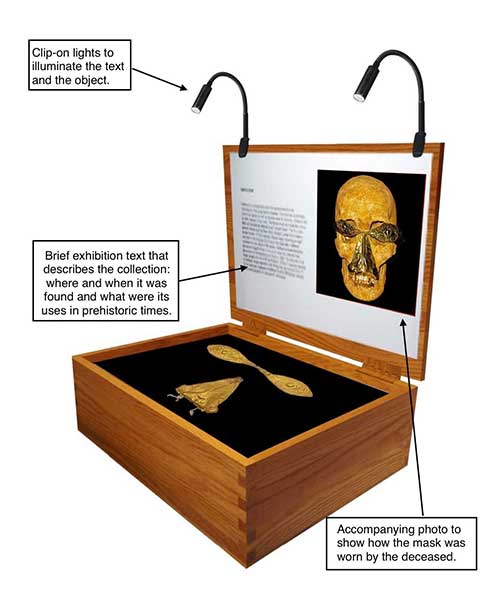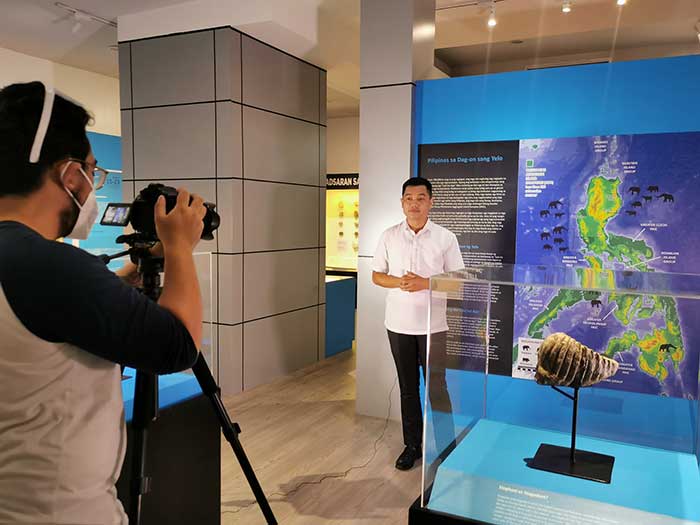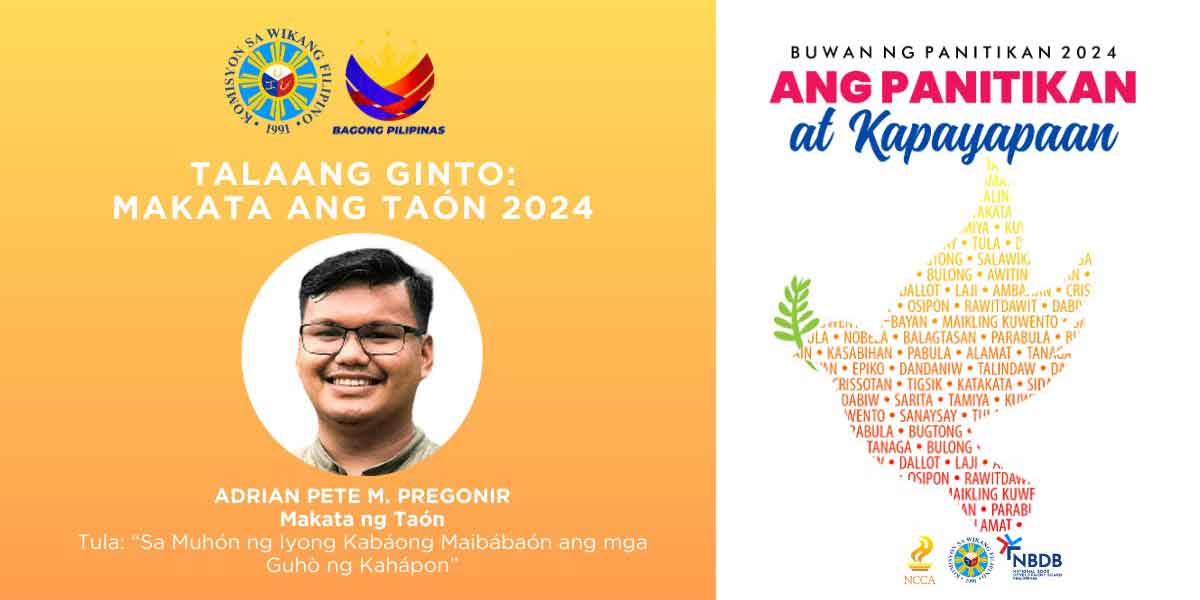
In line with its Universal Access thrust, the National Museum of the Philippines’ (NMP) Western Visayas Regional Museum is set to bring museum collections to urban poor and rural communities through the project entitled, “Pambansang Museo sa Barangay: Bringing the Museum Collections to the Fringes.”
The project, which is a travelling exhibition, will be implemented in partnership with the International Centre for the Study of the Preservation and Restoration of Cultural Property (ICCROM), through its CollAsia Field Projects 2021-2022 (Connecting Communities and Collections), and supported by the Cultural Heritage Administration of the Republic of Korea (Cultural Heritage Administration).
The travelling exhibition aims to raise public awareness and inspire deeper appreciation of Filipino heritage among Western Visayans. It offers alternative and safe learning and cultural experiences to the public, especially the youth in impoverished communities, whose mobility is restricted during this pandemic.
The travelling exhibition will feature five (5) museum boxes, namely: (1) Know Your National Cultural Treasure: Oton Gold Death Mask; (2) The Gentle Giants of Panay: Elephant/Stegodont Fossil Molars; (3) Habol Panay: The Textile Heritage of Western Visayas; and (4 & 5) Amlig: Biodiversity Conservation in Western Visayas. Each box represents the permanent exhibitions and soon-to-be launched exhibits at the National Museum Western Visayas (former Iloilo Provincial Jail) located at the Iloilo Provincial Capitol Complex, Bonifacio Drive, Iloilo City.

The museum boxes will contain the replicas of the prehistoric tooth fossils of elephants and stegodonts that roamed Panay Island some 750,000 years ago; the replica of Oton Gold Death Mask dated 12th to 13th century and was recovered from a grave in Oton in 1967; samples of handwoven hablon and piña textiles and weaving implements; and replica specimens of endangered and endemic plants and animals and their habitats.
This was patterned after our successful traveling tours of a set of Mobile Museum Boxes Mindanao touring project with MSU-Iligan Institute of Technology and another dedicated for the Visayas with the Western Visayas Association of Museums. Both contained their respective regional biological diversity, unique geological formation and outstanding endemism. Due to the pandemic, their tour itineraries had to temporarily be put on hold. Besides featuring locally relevant heritage artifacts, this new initiative is unusual to make the National Museum serve communities at the village level.
To engage audiences in educational and therapeutic activities as well as encourage support for biodiversity conservation in the Philippines, the travelling exhibition has corollary activities for different age brackets such as mask-making, fossil-imprinting, coloring for kids and adults, leaf and rock art workshop, and other paper-based educational activities.

The travelling exhibition will be piloted in Iloilo City and will run from 17 November 2021 to 15 December 2021; the schedule and setup is subject to the government-imposed movement restrictions in the area. After the project completion, the National Museum targets to continue the project with rural communities as the next destinations of the travelling exhibition. (National Museum of the Philippines)





















